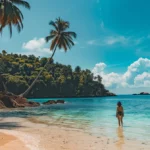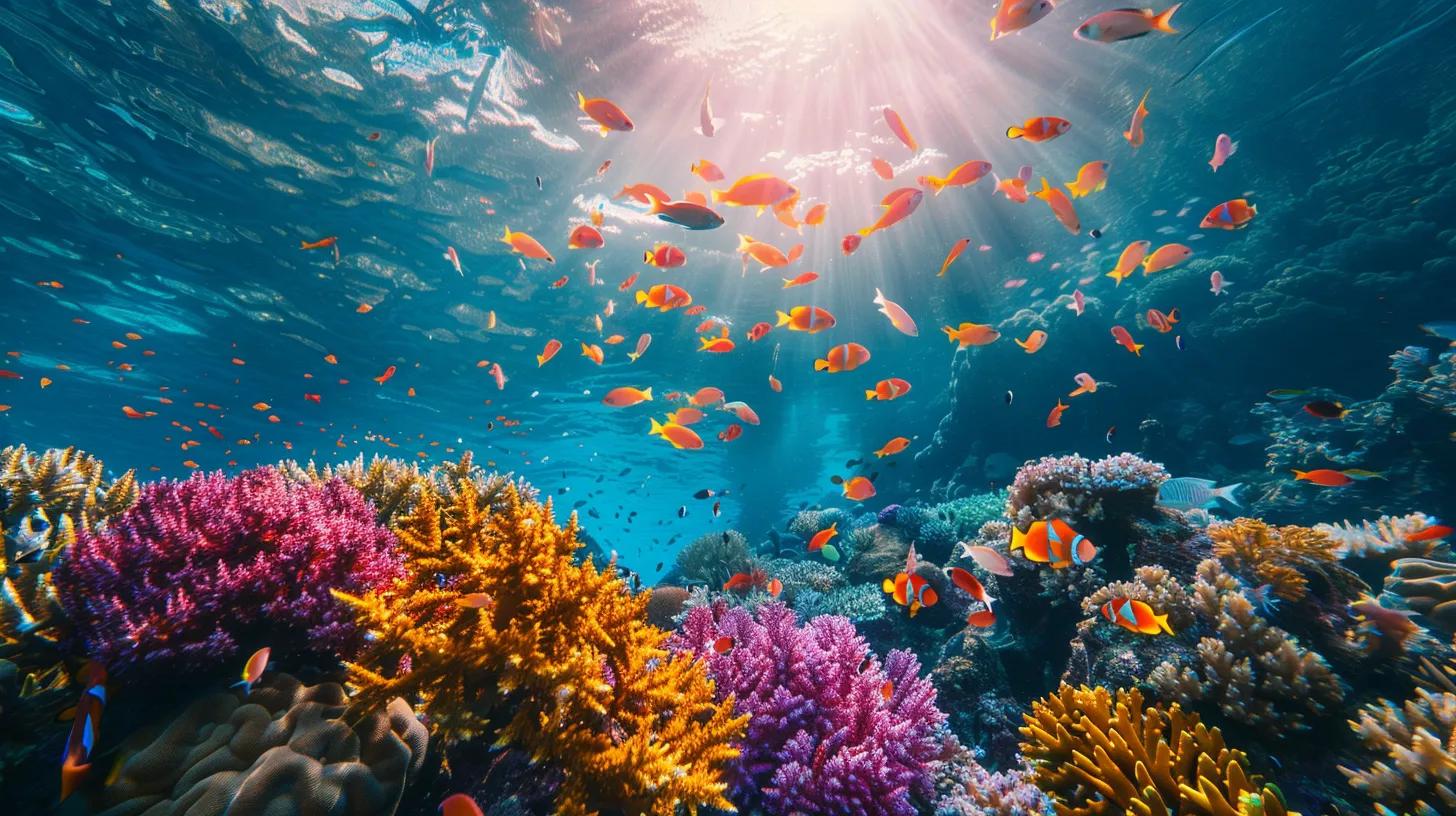
Table Of Contents:
- What Are the Top Rated Diving Destinations in South West Asia?
- Which Countries Offer the Best Diving Experiences in South West Asia?
- What Makes South West Asia Unique for Adventure Diving?
- How to Choose the Right Diving Destination Based on Skill Level?
- What Are the Must-Visit Dive Sites in Thailand, Indonesia, Malaysia, and the Philippines?
- What Are the Key Features of the Similan Islands and Koh Tao in Thailand?
- Why Are Komodo and Raja Ampat in Indonesia World-Class Dive Spots?
- What Makes Sipadan and Tioman Island in Malaysia Exceptional for Divers?
- How Do Tubbataha Reefs and Anilao in the Philippines Stand Out?
- When Is the Best Time to Dive in South West Asia’s Top Spots?
- How Does Weather Affect Diving in Malaysia and the Philippines?
- What Are the Optimal Months for Visibility and Marine Life Sightings?
- What Marine Life Can Adventure Travelers Expect to See at These Dive Sites?
- How to Plan Your Diving Trip: Travel, Accommodation, and Dive Operators in South West Asia?
- What Are the Best Accommodation Options Near Popular Dive Sites?
- How to Choose Reliable Dive Operators and Guided Tours?
- What Are the Visa and Travel Requirements for Adventure Travelers?
- What Are Essential Diving Safety Tips and Certification Requirements for South West Asia?
- What Level of Certification Is Needed for Popular Dive Sites?
- How to Prepare for Safe Diving in Varied Conditions?
- What Emergency Procedures and Insurance Should Divers Consider?
- How Can Adventure Travelers Practice Sustainable and Responsible Diving in South West Asia?
- How Do Local Communities Benefit From Responsible Diving Tourism?
- Which Dive Operators Promote Sustainable and Ethical Diving?
- Frequently Asked Questions
- Final Thoughts
Diving in South West Asia transcends ordinary travel by combining rich culture, underwater biodiversity, and dramatic seascapes. This guide introduces top-rated diving destinations in the region, detailing countries with crisp blue waters, teeming marine life, and unforgettable dive sites ranging from legendary coral reefs to hidden underwater caves. Whether you are a novice or an experienced photographer, South West Asia offers diverse dive spots suited to every level.
If you seek adventure coupled with cultural immersion, this region will not disappoint. With a history interwoven with ancient civilizations and modern vibrance, South West Asia offers a backdrop that is as inspiring above water as it is below. Supported by comprehensive infrastructure, reputable dive operators, sustainable tourism, and marine conservation efforts, each destination presents its own distinct advantages. This guide helps you choose the right destination based on your interests, skill level, and seasonal conditions—all while diving safely and responsibly.
Furthermore, practical details—from choosing accommodations near dive sites to selecting reputable dive operators and understanding key certification and safety protocols—are covered. Every dive destination in South West Asia blends natural beauty with cultural experience, making it ideal for divers who appreciate history, art, and culinary delights. Prepare to immerse yourself in an extensive resource that blends a passion for diving with practical travel insights. Let’s embark on this underwater journey and explore the remarkable dive spots awaiting your next adventure.
What Are the Top Rated Diving Destinations in South West Asia?
South West Asia is celebrated for its marine biodiversity and pristine dive sites steeped in culture and history. The region offers a mix of famous spots and hidden treasures featuring vibrant coral reefs, deep lagoons, historic shipwrecks, and mysterious caves. Countries like Thailand, Indonesia, Malaysia, and the Philippines have committed to dive tourism and sustainable practices, ensuring these biodiverse waters remain preserved.
Each destination offers distinctive underwater topography and seasonal variations that enrich the dive experience. Divers can expect crystal-clear waters, rich ecosystems, and encounters with whale sharks, manta rays, and tropical fish. These destinations are not just recreational pursuits—they serve as windows into the ecological and cultural heritage of the region. Structured dive operations and local expertise ensure safe diving conditions for both beginners and veterans, even as seasonal algae blooms and runoff remind us of the local ecology and the need for environmental stewardship.
Which Countries Offer the Best Diving Experiences in South West Asia?
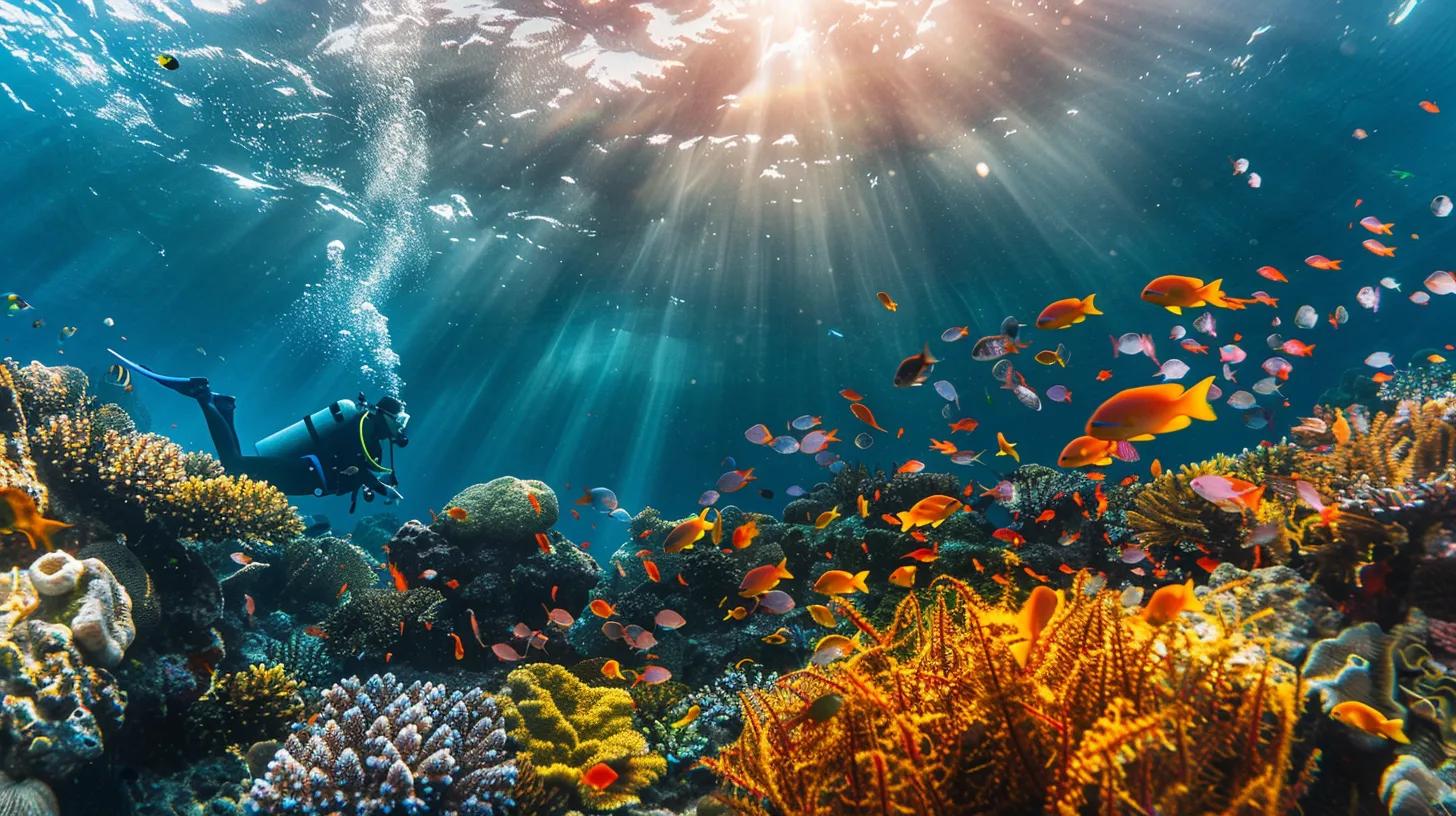
Diving experiences are distributed across several South West Asian countries, each with its own underwater wonders. Thailand hosts dive sites like the Similan Islands and Koh Tao, known for clear waters and abundant marine life. Indonesia offers world-class diving in areas such as Komodo and Raja Ampat, where volcanic activity adds to rich biodiversity. Malaysia’s Sipadan and Tioman Island are renowned for pristine ecosystems with dramatic walls and vibrant coral formations, while the Philippines features Tubbataha Reefs—a UNESCOWorld Heritage site—and Anilao, famed for its macro marine life.
Each country has invested in tourism infrastructure tailored to divers. Local operators provide guided dives, safety briefings, rental equipment, and personalized services that leverage the unique biological, geological, and cultural attributes of each nation. Additionally, these countries collaborate with local communities through marine conservation zones to help preserve vital ecosystems for future generations. The combination of warm hospitality, local cuisine, festivals, and traditions ensures that both land and sea experiences enrich your dive adventure.
What Makes South West Asia Unique for Adventure Diving?
South West Asia stands out with its extraordinary blend of geological diversity, rich culture, and ecological vibrancy. Underwater environments vary from colorful coral reefs and dramatic drop-offs to tranquil lagoons and mysterious wrecks. This region intertwines ancient cultural heritage with modern marine ecosystems, creating a natural narrative that enriches every dive.
Diverse tectonic activity has created unique underwater formations and a mix of rare and endemic species. Many dive operators practice environmentally friendly techniques and participate in conservation projects, ensuring sustainability amid growing tourism. Beyond diving, adventurers can explore bustling markets, ancient temples, and local culinary treats that reflect both Eastern and Western influences. This dual experience enhances the overall travel adventure and fosters a respectful relationship between traditional knowledge and modern conservation practices. Accessible year-round, South West Asia offers technical challenges and awe-inspiring beauty for every diver.
How to Choose the Right Diving Destination Based on Skill Level?

Choosing the right destination based on skill level is critical for a safe and enjoyable adventure. Beginners should consider sites with calm, shallow waters and gradual topographies such as those near Koh Tao, which offer extended training, clear visibility, and supportive dive centers with introductory courses.
Intermediate divers may prefer destinations with more complexity and variety, such as the Similan Islands or Komodo National Park. These sites feature deeper reefs, stronger currents, and both macro and pelagic life, providing challenges that help extend diving skills in safe settings.
For advanced divers, technical sites with deep drop-offs, caves, or wrecks are ideal. Raja Ampat, for example, provides both depth and biodiversity, requiring advanced certification and preparation. These locations allow seasoned divers to explore scientific and conservation aspects of marine ecosystems through citizen science initiatives. Matching the dive site’s challenges with your current skill level, and always considering local conditions like tidal patterns and water quality, will help ensure a safe and fulfilling dive.
What Are the Must-Visit Dive Sites in Thailand, Indonesia, Malaysia, and the Philippines?
Each country in South West Asia offers must-visit dive sites distinguished by unique underwater terrain and marine biodiversity:
- Thailand: The Similan Islands and Koh Tao offer clear waters, diverse coral structures, and training-friendly conditions, making them ideal for divers of all levels.
- Indonesia: Komodo and Raja Ampat are celebrated for their rich biodiversity, strong currents, and deep reefs that provide an immersive diving experience.
- Malaysia: Sipadan and Tioman Island are known for dramatic walls, pelagic encounters, and a mix of adrenaline-fueled dives and relaxed snorkeling.
- Philippines: Tubbataha Reefs provide pristine, expansive coral ecosystems, while Anilao is popular among macro photography enthusiasts.
The following table summarizes key features:
This table serves as a quick reference, guiding your dive site selection based on whether you seek rigorous adventure or serene marine exploration.
What Are the Key Features of the Similan Islands and Koh Tao in Thailand?
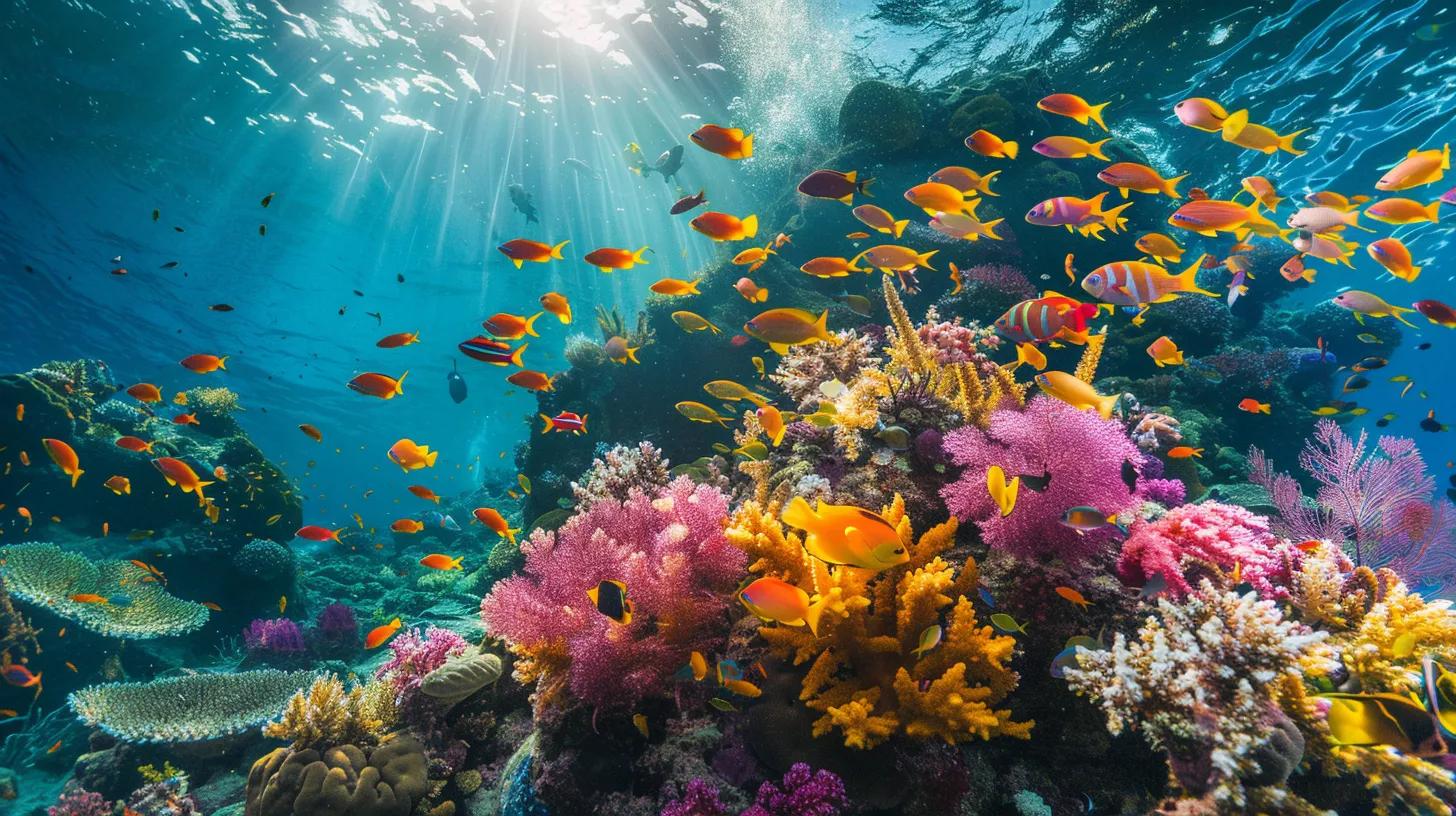
In Thailand, the Similan Islands and Koh Tao offer distinct diving experiences. The Similan Islands are famous for their extraordinary underwater landscapes featuring large boulders, dramatic drop-offs, and expansive coral gardens. Clear blue waters and moderate currents support a rich diversity of marine life, including reef sharks, turtles, and schools of tropical fish, along with impressive macro life.
Koh Tao is renowned as a diving training hotspot with gentle conditions ideal for beginners and engaging enough for experienced divers. Its shallow reefs, abundant sea turtles, and vibrant marine life create stunning underwater scenes. The island’s dive schools, known worldwide, offer comprehensive training that seamlessly takes divers from introductory to advanced levels. Both sites, set in tropical climates, ensure enjoyable dive conditions year-round while offering opportunities to experience local Thai cuisine and island culture.
Why Are Komodo and Raja Ampat in Indonesia World-Class Dive Spots?
Indonesia’s reputation as a top diving destination is epitomized by Komodo National Park and Raja Ampat. Komodo not only features the famous Komodo dragons on land but also boasts an underwater world that is equally dramatic. Dive sites in Komodo offer encounters with manta rays, large schools of fish, and curious reef sharks amidst unique rock formations, steep drop-offs, and coral gardens. Nutrient-rich waters trigger feeding frenzies, providing unforgettable underwater spectacles.
Raja Ampat is equally remarkable with its unparalleled marine biodiversity. Divers explore pristine coral reefs teeming with hundreds of fish species, from tiny nudibranchs to large pelagics. The diverse topography—including vibrant coral gardens, deep channels, and soft sediment plains—offers challenges and opportunities for macro photography. Both sites balance natural beauty with advanced dive tourism, supported by sustainable practices and robust liveaboard infrastructures, making them truly world-class.
What Makes Sipadan and Tioman Island in Malaysia Exceptional for Divers?
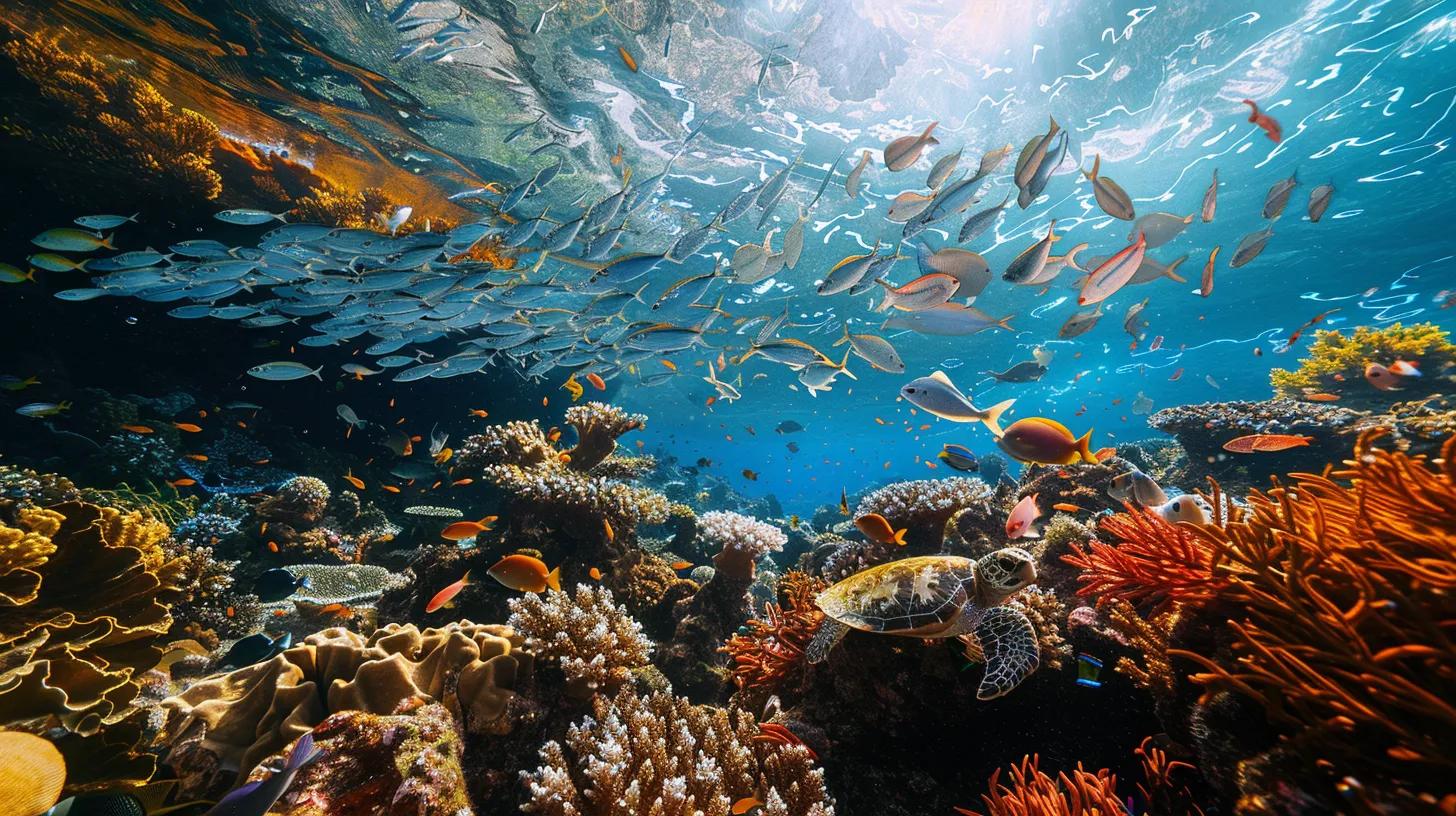
Malaysia’s Sipadan and Tioman Island offer exceptional diving experiences. Sipadan is world-renowned for its dramatic underwater walls that plunge into abyssal depths, creating natural corridors where nutrient influxes support large schools of barracudas, turtles, and reef sharks. Its vertical dive sites and rich biodiversity deliver adrenaline-pumping experiences.
In contrast, Tioman Island offers a relaxed dive environment with serene reefs and shallow waters, ideal for beginners and intermediates. Its crystal-clear waters enhance visibility so divers can fully appreciate the stunning underwater flora and fauna. Both sites benefit from strict marine conservation regulations, ensuring that dive experiences remain sustainable and pristine. Additionally, professional dive centers maintain high safety standards, and local cultural experiences add extra appeal.
How Do Tubbataha Reefs and Anilao in the Philippines Stand Out?
The Philippines boasts two standout dive sites: Tubbataha Reefs and Anilao. Tubbataha Reefs Natural Park, a UNESCOWorld Heritage Site, offers expansive coral reefs, deep walls, and extraordinary biodiversity in an almost untouched marine sanctuary. With visibility often exceeding 30 meters, each dive here feels like exploring a living museum.
Anilao, while smaller in scale, is celebrated for macro photography with its abundance of nudibranchs, seahorses, and tiny reef invertebrates. Driven by nutrient-rich waters and seasonal changes, Anilao offers continually evolving underwater scenes. Supported by robust local infrastructure and conservation-minded dive operators, these sites provide both high-quality diving and a strong emphasis on sustainability.
When Is the Best Time to Dive in South West Asia’s Top Spots?
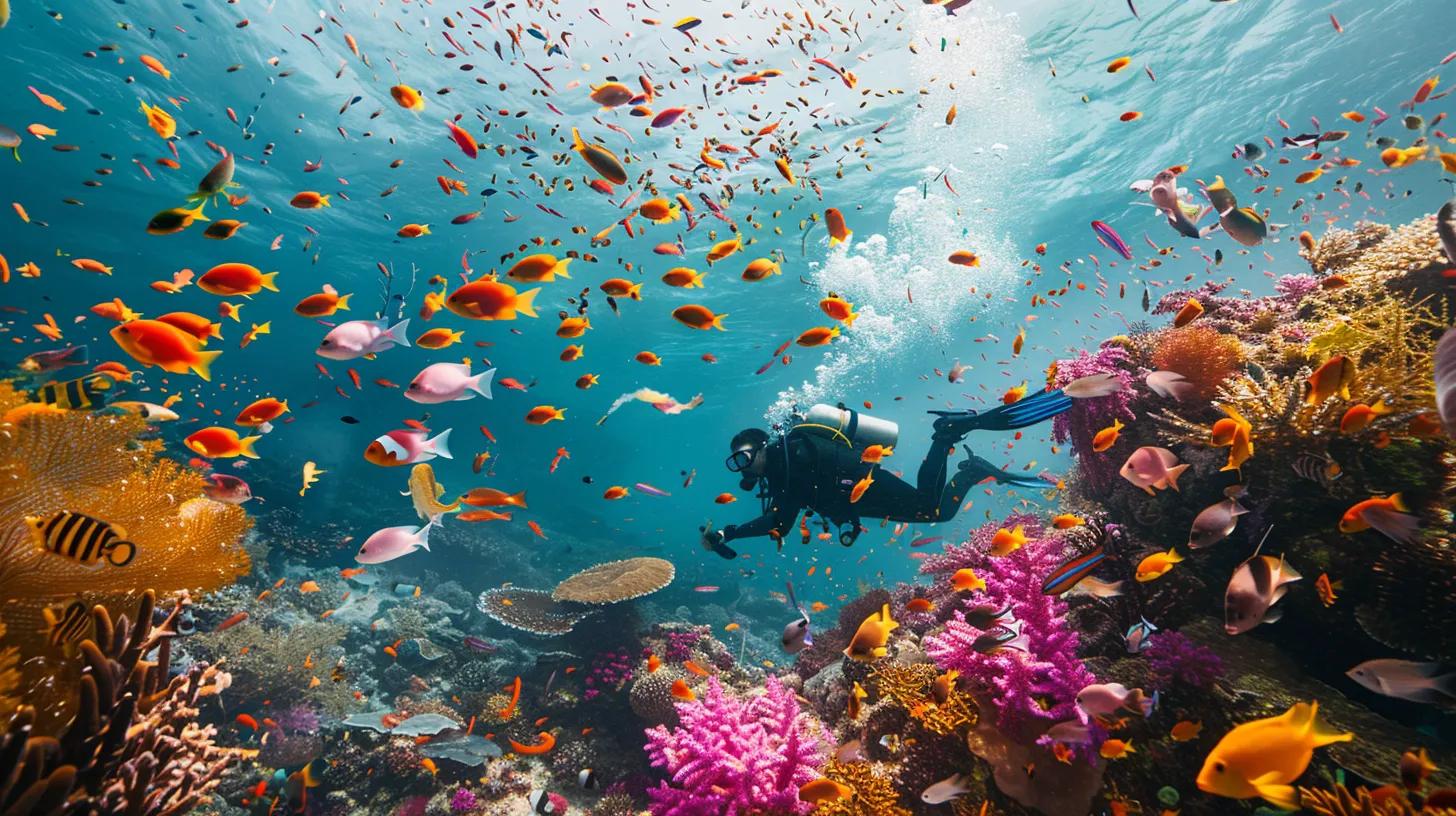
Timing is key when planning dives in South West Asia. In Thailand, the ideal season is from November to April when calm waters, minimal rainfall, and gentle currents prevail, ensuring stable temperatures and excellent visibility at sites like the Similan Islands and Koh Tao.
Indonesia offers optimal conditions from May to September, when reduced rainfall and moderate currents enhance underwater clarity at spots such as Komodo and Raja Ampat. In Malaysia, particularly around Sipadan and Tioman Island, the best diving occurs from April to October, avoiding disruptive monsoon winds. In the Philippines, diving in Tubbataha and Anilao is best from mid-March to mid-June, when waters are clear and marine life is abundant.
Local weather variations mean that sudden changes can occur; therefore, flexibility in dive planning and consultation with local operators are essential for safety and enjoyment.
How Does Weather Affect Diving in Malaysia and the Philippines?
Weather substantially influences diving experiences in both Malaysia and the Philippines. Around Sipadan and Tioman Island in Malaysia, seasonal patterns from April to October generally yield optimal clarity and calm seas, though local monsoon changes can disrupt conditions. Similarly, in the Philippines, Tubbataha Reefs enjoy clear, calm conditions during the dry season (mid-March to mid-June), while the rainy season brings decreased visibility and stronger currents.
Sudden shifts in weather can affect dive safety and logistics, so divers should monitor conditions through local operators. Consistently stable weather not only improves underwater visibility but also enhances the overall travel experience by affecting surface conditions and mobility. Local expertise is thus a key resource for adapting to these changes.
What Are the Optimal Months for Visibility and Marine Life Sightings?
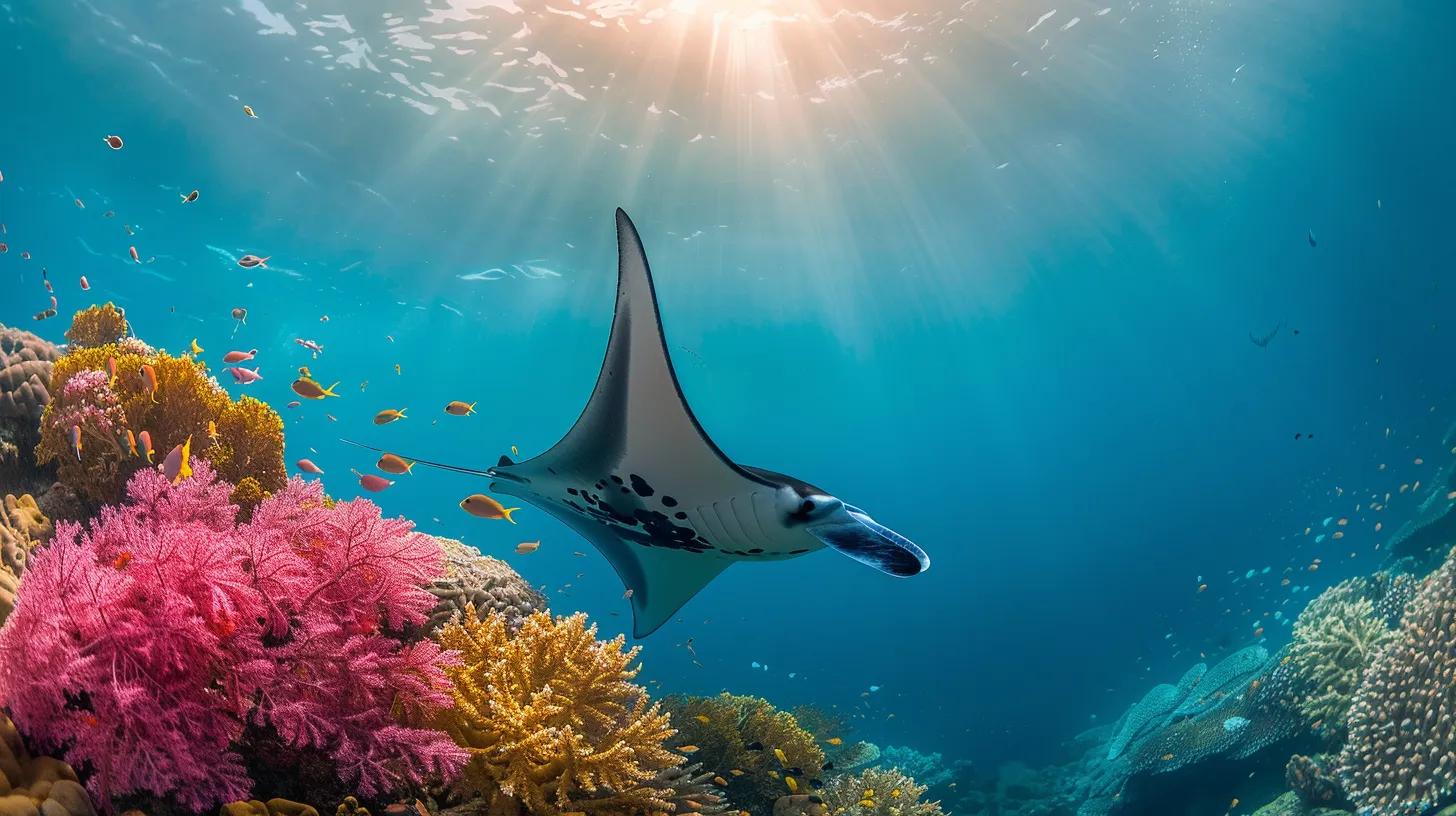
Optimal underwater conditions vary by region due to seasonal weather patterns. In Thailand, the best visibility and abundant marine encounters occur from November through April, when calm water and migratory species combine to enhance coral reef displays.
Indonesia’s premier dive sites like Raja Ampat and Komodo typically shine from May to September, when moderate currents and low rainfall yield exceptional clarity and unforgettable feeding events involving manta rays and reef sharks. In Malaysia, Sipadan and Tioman Island offer high visibility and vibrant marine life between April and October, while the Philippines sees its peak diving season from mid-March to mid-June.
Aligning your dive schedule with these optimal months increases the chances for memorable sightings and supports effective marine conservation efforts.
What Marine Life Can Adventure Travelers Expect to See at These Dive Sites?
Marine life in South West Asia is vibrant and diverse. At renowned sites such as the Similan Islands, Koh Tao, Komodo, Raja Ampat, Sipadan, Tubbataha, and Anilao, divers can expect to encounter colorful schools of reef fish, diverse corals, and a myriad of marine species. Iconic creatures like whale sharks and manta rays are common in Indonesian waters, while Malaysia’s Sipadan offers dramatic encounters with barracudas and green sea turtles.
In the Philippines, Tubbataha Reefs reveal large schools of jacks, snapper, and emperor fish, and Anilao provides a treasure trove for macro enthusiasts with its abundant nudibranchs and invertebrates. These interactions not only delight the senses but also underline the ecological importance of marine biodiversity in the region.
How to Plan Your Diving Trip: Travel, Accommodation, and Dive Operators in South West Asia?
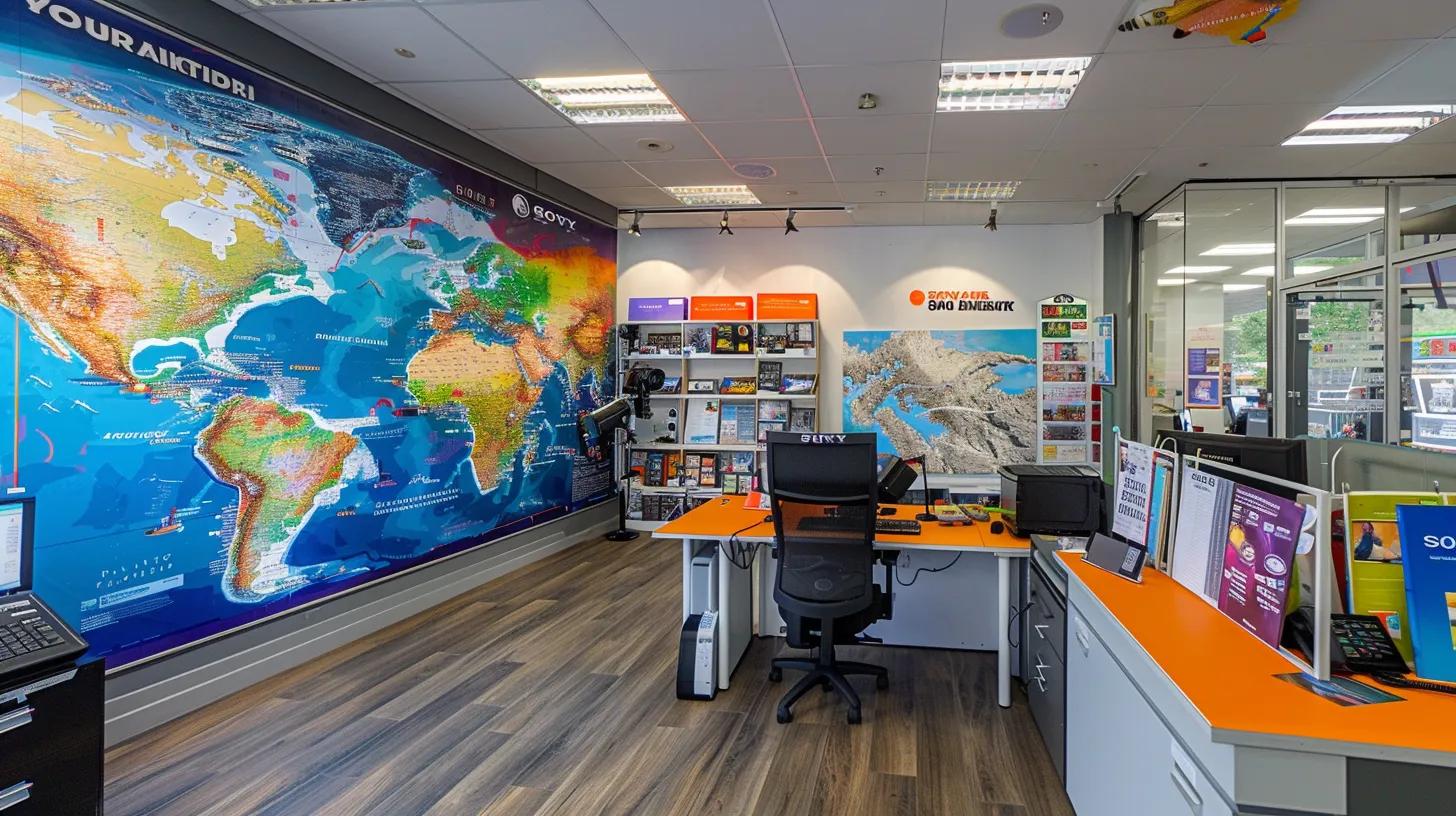
Effective dive trip planning in South West Asia centers on three elements: travel logistics, accommodation, and selecting reliable dive operators. Begin by researching travel routes to major dive centers near popular sites, whether by direct international flights or combined transport options. Choosing accommodations near dive sites—from budget hostels to upscale liveaboards—maximizes dive time and convenience.
When selecting dive operators, look for those with strong safety records, recognized certifications (PADI, SSI, NAUI), and transparent pricing. Detailed pre-dive briefings, customized dive itineraries, and sustainable practices are strong indicators of reliable operators. It is wise to allow buffer days for weather changes or unexpected site closures, and always check visa and travel requirements in advance.
Creating a travel checklist that includes documents, certifications, and emergency contacts can streamline your planning process. Coordinating with local tourism boards and taking advantage of virtual consultations offered by some operators will further align expectations with local conditions.
What Are the Best Accommodation Options Near Popular Dive Sites?
Choosing the right accommodation enhances your dive trip experience. South West Asia offers a wide range of options—from eco-friendly resorts and cozy beachfront cottages to liveaboard dive boats—that are conveniently located near top dive sites. In Thailand, resorts on islands such as Koh Tao and Koh Phi Phi offer dedicated diving packages with equipment rental and training.
In Indonesia, areas near Komodo and Raja Ampat feature liveaboard options that allow multiple dives with minimal commuting, as well as eco-resorts that blend with natural surroundings. Malaysia and the Philippines also offer a spectrum from upscale resorts to budget guesthouses, ensuring easy access to dive sites while supporting local cultural experiences. Look for packages that include dive tours and transfers, and use guest reviews to ensure high standards of service and safety.
How to Choose Reliable Dive Operators and Guided Tours?
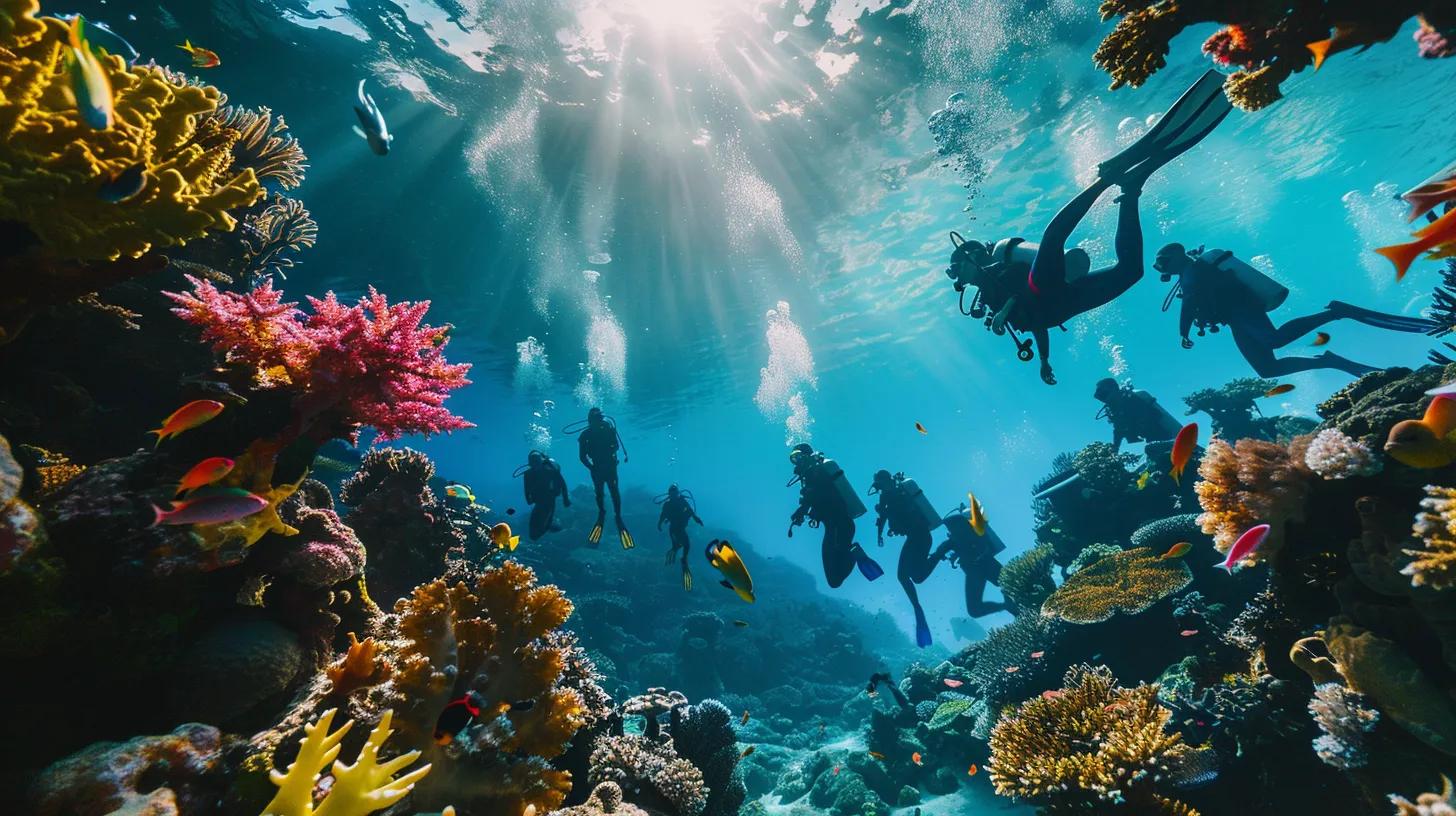
Reliable dive operators are essential for safe and memorable diving in South West Asia. They should display certifications from agencies like PADI, SSI, or NAUI, offer transparent pricing, and have positive guest reviews. Experienced operators provide detailed itineraries, pre-dive briefings, and maintain comprehensive safety protocols.
Local dive operators bring valuable insights on seasonal changes and site-specific conditions. Compare different packages by reviewing what is included—equipment rental, underwater photography guidance, and diver insurance can be crucial. Flexible cancellation policies and consistent equipment maintenance further ensure a safe diving experience. Personal recommendations and online testimonials add an extra layer of assurance.
What Are the Visa and Travel Requirements for Adventure Travelers?
Visa and travel requirements vary across South West Asian countries. Many destinations offer visa-on-arrival or e-visa systems, although you must prepare a valid passport, recent photos, proof of accommodation, return tickets, and sometimes dive certification documents. Always verify requirements with local embassies as policies can change due to governmental updates or regional security situations.
Additional travel considerations may include vaccinations, health certificates, or quarantine measures. Local dive centers or tour operators can assist with these requirements, ensuring that your travel documentation is in order before departure. This careful planning prevents delays and helps your underwater adventure proceed smoothly.
What Are Essential Diving Safety Tips and Certification Requirements for South West Asia?
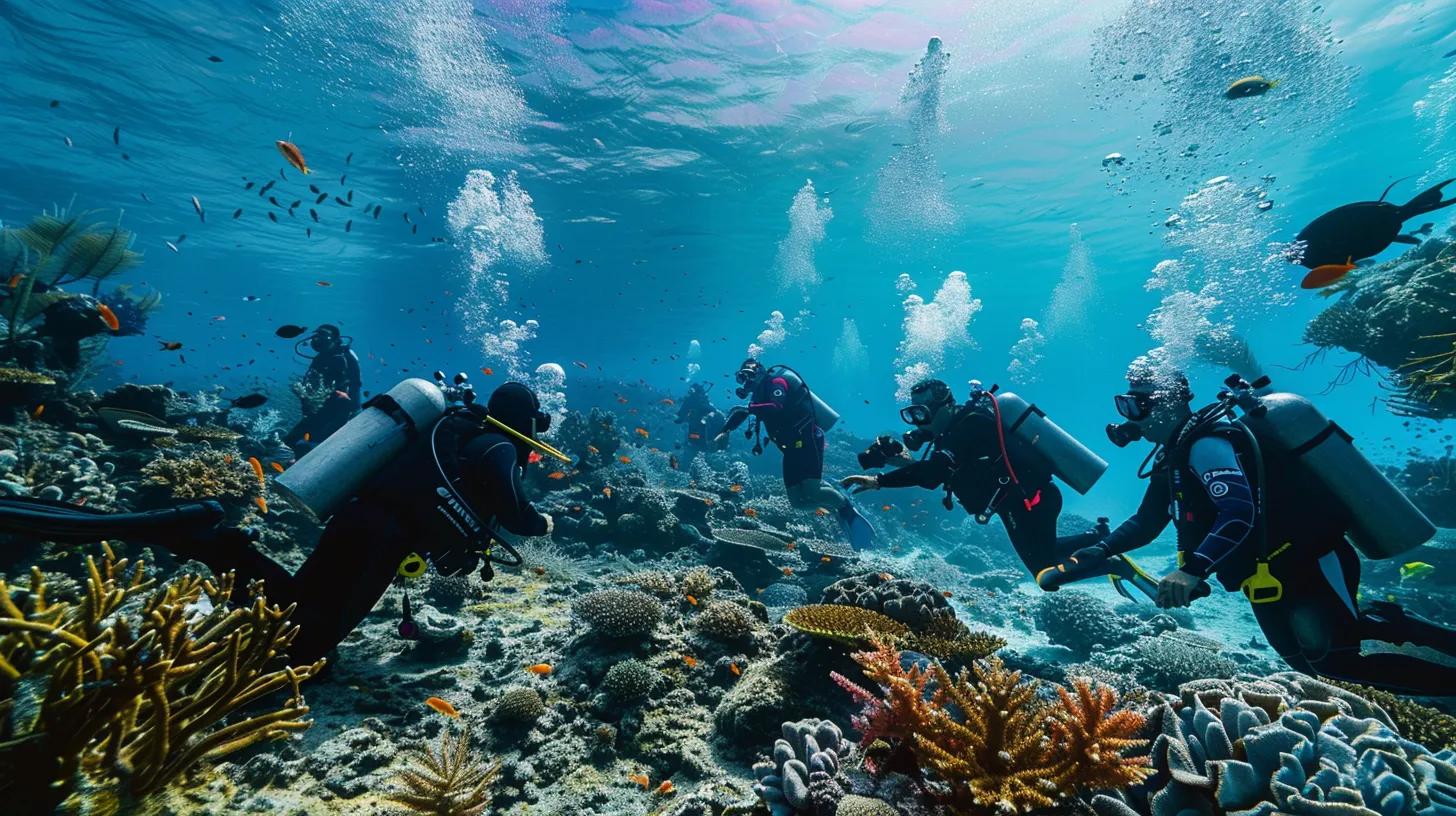
Safety is paramount across all diving sites in South West Asia. Always dive with a buddy or certified guide and perform thorough pre-dive checks. Most sites require at least an Open Water certification from agencies such as PADI or SSI. For more challenging environments—deep reefs or strong currents—advanced certifications like Advanced Open Water or Rescue Diver are recommended.
Maintain buoyancy control, monitor air consumption, and communicate clearly with your dive partner. Regular skills refreshers are beneficial as underwater conditions can vary widely. Pre-dive briefings should cover emergency procedures, proper hand signals, and contingency plans. Comprehensive dive insurance is also essential to cover potential emergencies or evacuations.
What Level of Certification Is Needed for Popular Dive Sites?
Different dive sites in South West Asia require varying certification levels. Shallow, beginner-friendly sites such as those near Koh Tao or in parts of Tioman Island typically need only an Open Water certification. More challenging sites like Sipadan or Raja Ampat may require advanced certifications or even technical diving courses.
For intermediate dives, an Advanced Open Water certification is usually the baseline. Sites with strong currents or greater depths, such as Komodo or areas in Tubbataha, benefit from further training and refresher courses. Regular training and adherence to safety protocols ensure that divers are well-prepared for the conditions they encounter.
How to Prepare for Safe Diving in Varied Conditions?
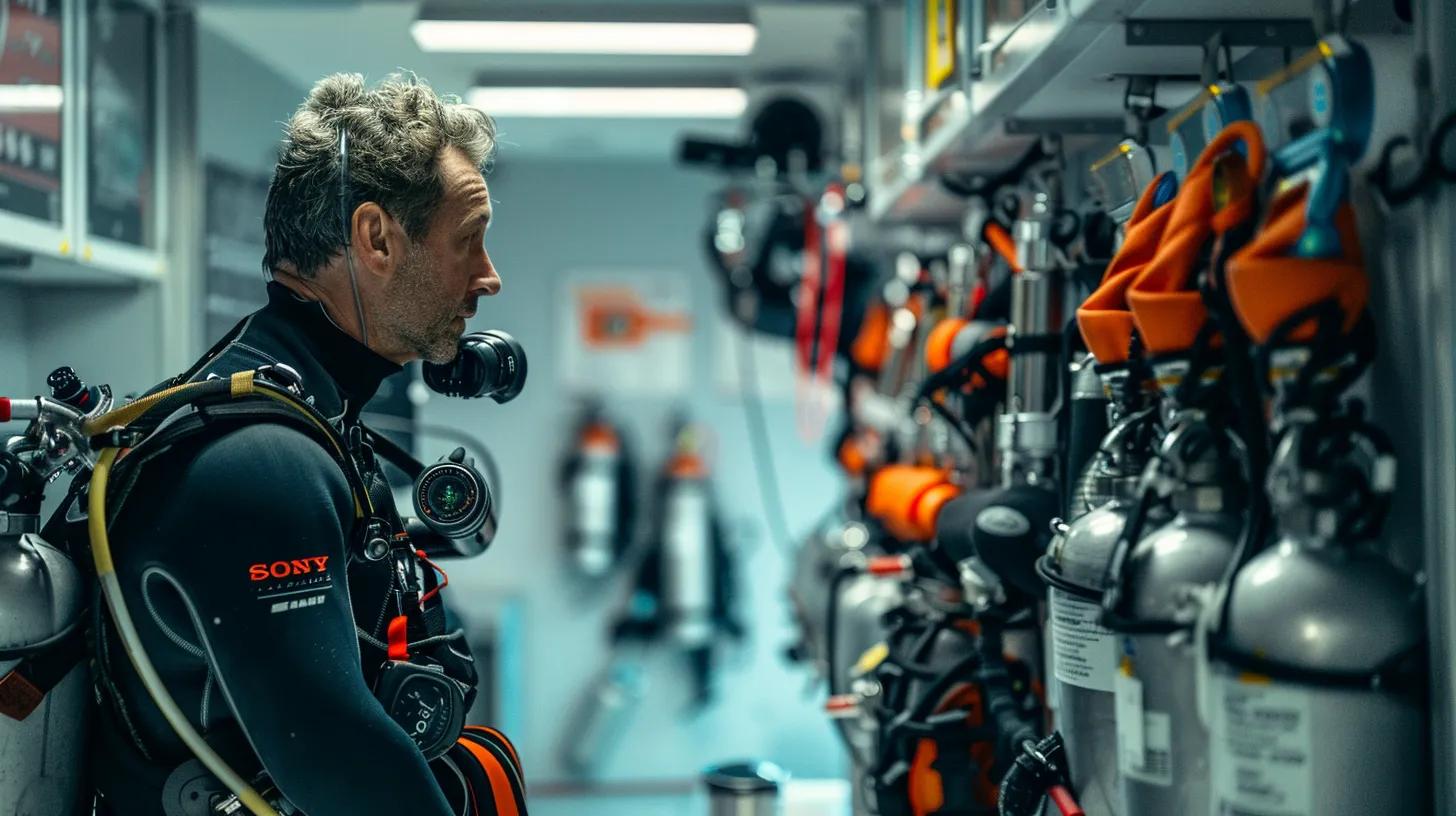
Preparing for diving in South West Asia requires both physical and mental readiness. Ensure certifications are current and refresh skills before embarking on challenging dives. Familiarize yourself with the dive center’s safety protocols through pre-dive briefings that detail local hazards and emergency procedures.
A thorough equipment check—examining regulators, dive computers, and buoyancy devices—is essential before each dive. Understand the local water conditions, such as temperature and currents, to plan dive duration, depth, and safety stops accordingly. Being fit and well-rested also contributes to safe diving. Short practice dives can help acclimatize you to unique regional conditions and build confidence.
What Emergency Procedures and Insurance Should Divers Consider?
Before every dive trip, familiarize yourself with emergency procedures provided by your dive operator. This includes protocols for decompression sickness, equipment failures, and sudden strong currents. Briefings should outline buddy separation, emergency signaling, and ascent procedures.
Securing comprehensive dive insurance is vital; such policies typically cover medical emergencies, evacuations, and repatriation. Confirm that your policy covers potential dive-related injuries and that you maintain detailed records of your dives. In remote areas, consider carrying a personal locator beacon (PLB) and ensure your operator’s emergency equipment (like oxygen kits) is in good working order. These steps help mitigate risks and let you dive with confidence.
How Can Adventure Travelers Practice Sustainable and Responsible Diving in South West Asia?
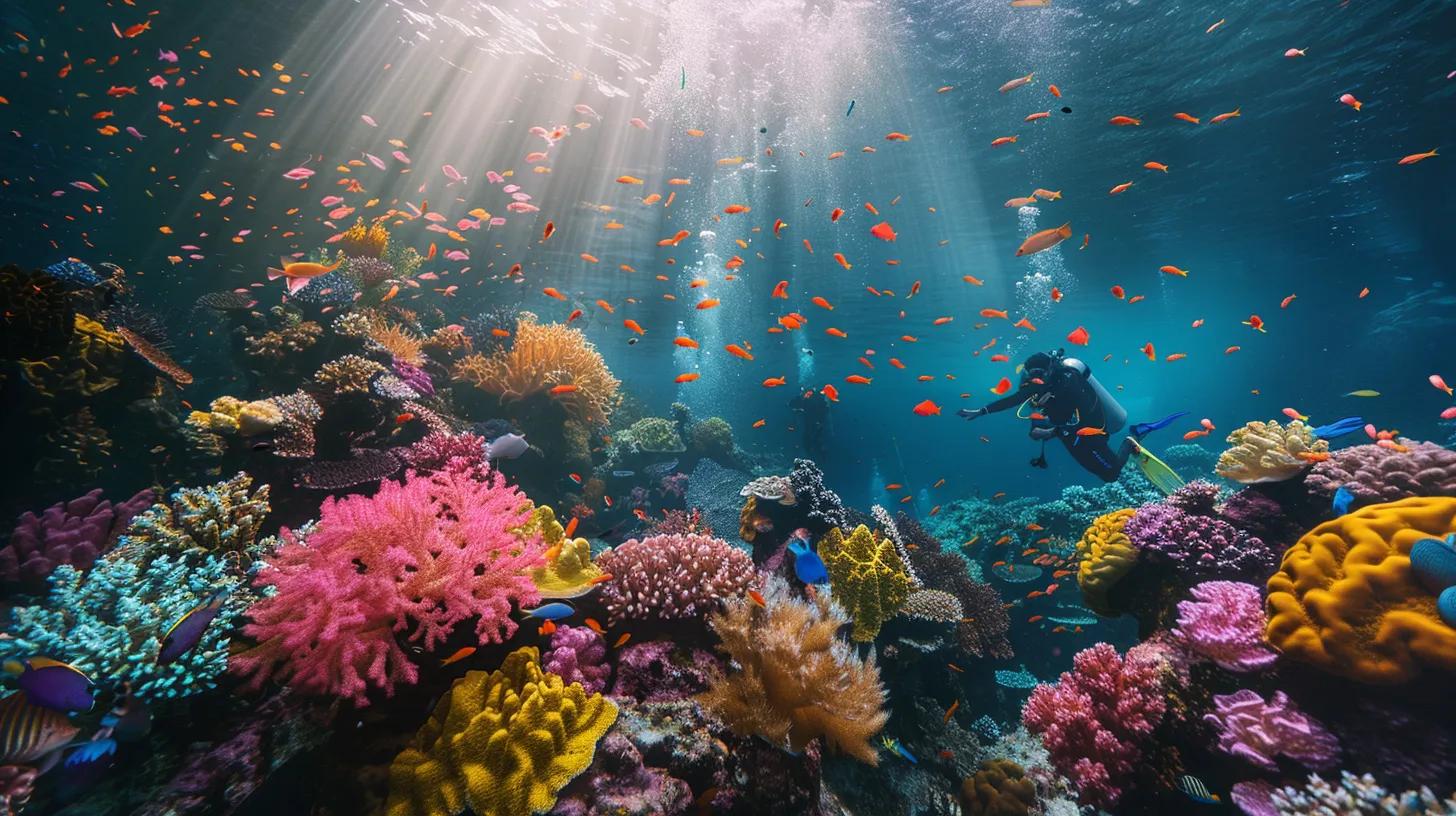
Sustainable diving is essential when exploring the rich underwater ecosystems of South West Asia. Practice eco-friendly diving by not touching or removing marine life and avoiding damage to coral formations. Use biodegradable sunscreen to protect both your skin and the environment.
Choose dive operators that support sustainable practices through waste reduction and conservation initiatives. Many eco-certified operators actively engage in coral planting, underwater cleanups, and local conservation projects. By following established dive protocols and respecting no-take zones, you help preserve marine habitats for future generations.
How Do Local Communities Benefit From Responsible Diving Tourism?
Local communities in South West Asia gain significant benefits from responsible dive tourism. Sustainable diving practices help improve local infrastructure, create jobs in hospitality and guiding, and support marine conservation initiatives. Partnerships with local fishermen and artisans foster pride in cultural heritage and protect traditional practices.
Reinvestment from dive tourism revenue can fund conservation projects, marine research, and protected areas. Moreover, responsible tourism encourages positive cultural exchanges, with visitors learning about local environmental challenges and conservation methods. This mutual support enhances community resilience and helps provide better social services, education, and healthcare.
Which Dive Operators Promote Sustainable and Ethical Diving?
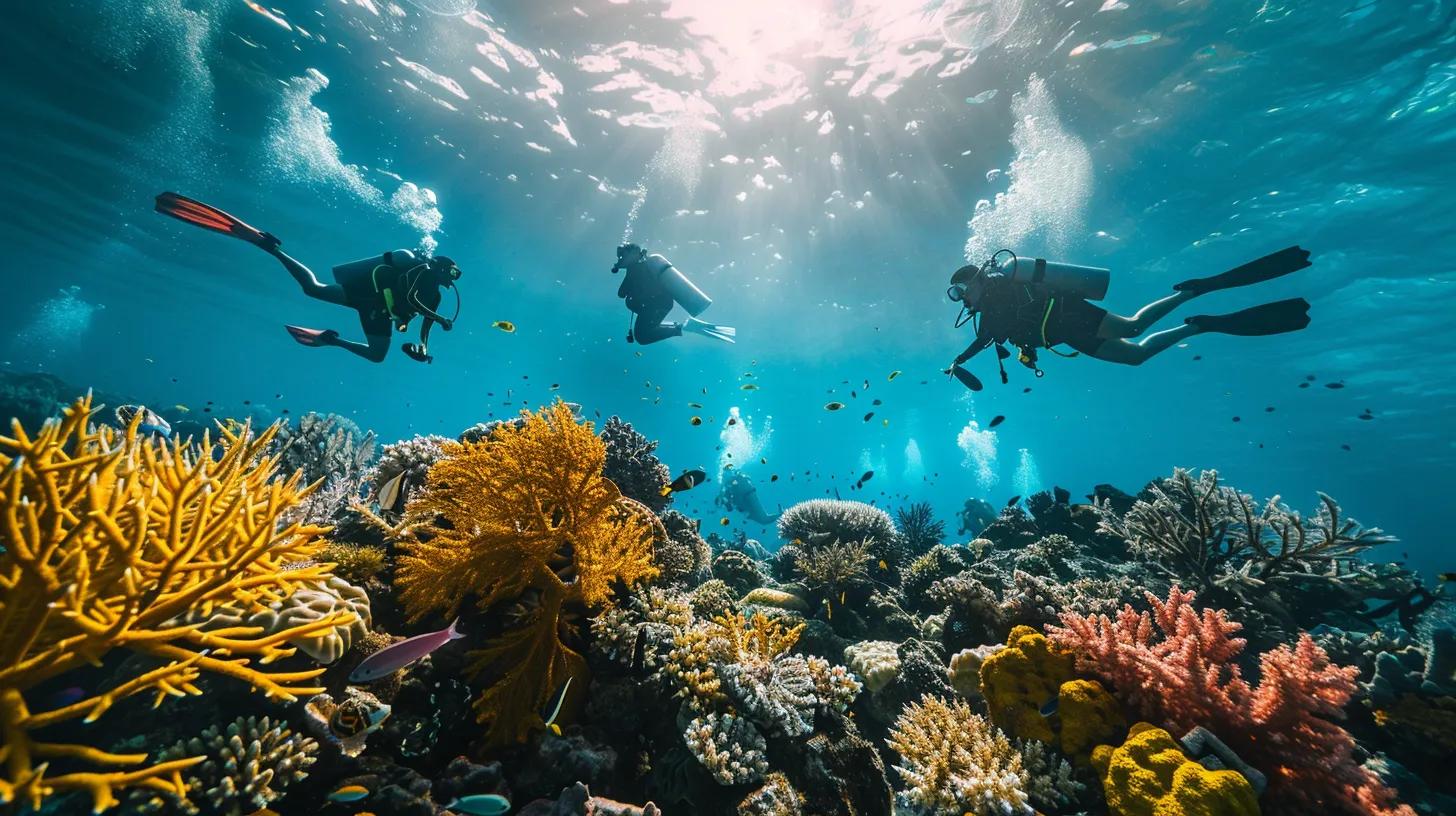
Many dive operators in South West Asia are committed to sustainable and ethical diving. These operators adhere to international conservation standards and actively participate in local marine protection projects. They enforce strict guidelines—such as avoiding contact with coral and minimizing disturbances to marine life—and use environmentally safe dive products.
Operators in Raja Ampat, Komodo, and the Philippines often partner with marine research institutions and organize coral restoration projects. In Thailand and Malaysia, several centers have earned eco-certifications after rigorous evaluations of their environmental practices. Reviews and accreditations from reputable dive associations help identify these ethical operators, ensuring a safe, enriching, and eco-friendly diving experience.
Frequently Asked Questions
Q: What are the primary factors to consider when choosing a diving destination in South West Asia? A: Consider water conditions, marine biodiversity, dive operator credibility, and seasonal weather patterns. Also, check for dive sites matching your certification level and interests, such as macro photography or encounters with pelagic species.
Q: How do I know if a dive operator in South West Asia is reputable? A: Look for certifications from organizations like PADI or SSI, positive guest reviews, detailed safety briefings, and transparent pricing. Operators involved in local conservation initiatives are also a good sign of reliability.
Q: What level of dive certification is required for advanced dives in regions like Raja Ampat or Komodo? A: Advanced Open Water certification is usually the minimum. For deeper or more technical dives, Rescue Diver or technical diving courses may be required. Always consult local dive centers for specific requirements.
Q: How can I ensure that my diving trip is both safe and environmentally friendly? A: Choose certified dive operators with strong safety records and sustainable practices. Follow pre-dive briefings, adhere to eco-friendly guidelines such as avoiding contact with marine life, and use environmentally safe sunscreen. Updated certifications and comprehensive emergency procedures also ensure a safe dive.
Q: When is the best time of year to dive in South West Asia for optimal visibility? A: In Thailand, November to April is ideal; in Indonesia, May to September are optimal. Malaysia and the Philippines typically offer the best conditions from mid-March to mid-June, when rainfall is minimal, seas are calm, and visibility is enhanced.
Q: What emergency equipment should I consider when diving in remote areas of South West Asia? A: Essential items include a personal locator beacon (PLB), a well-maintained dive computer, and a surface marker buoy (SMB). Verify that your dive operator’s emergency protocols are in place and that you have dive insurance covering medical evacuation.
Q: How can I contribute to the sustainabilityof dive sites during my trip? A: Practice eco-friendly diving techniques, such as not disturbing marine life and using biodegradable sunscreens. Participate in conservation efforts, like reef cleanups or coral planting, and choose dive operators that promote sustainable tourism.
Final Thoughts
South West Asia offers an unparalleled diving adventure filled with diverse underwater landscapes, vibrant marine life, and rich cultural heritage. By carefully selecting your destination based on your skill level, planning your trip with reliable operators, and adhering to sustainable practices, every dive becomes both safe and enriching. Embracing the responsibility to preserve these unique ecosystems enhances the experience for future divers. Plan wisely, dive responsibly, and let the wonders of South West Asia transform your travel experience.


